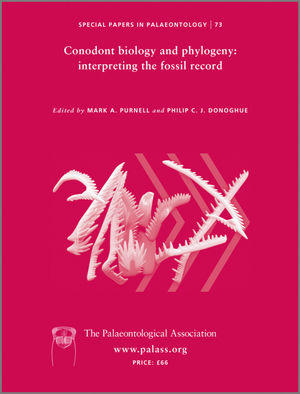Reg. Charity No. 1168330

The fossil record of conodonts may be among the best of any group of organisms, but it is biased nonetheless. Pre- and syndepositional biases, including predation and scavenging of carcasses, current activity, reworking and bioturbation, cause loss, redistribution and breakage of elements. These biases may be exacerbated by the way in which rocks are collected and treated in the laboratory to extract elements. As is the case for all fossils, intervals for which there is no rock record cause inevitable gaps in the stratigraphic distribution of conodonts, and unpreserved environments lead to further impoverishment of the recorded spatial and temporal distributions of taxa. On the other hand, because they are resistant to abrasion and can withstand considerable metamorphism conodonts can preserve evidence of otherwise lost sequences or environments through reworking.
We have conducted a preliminary investigation into how the various forms of gross collecting bias arising from period to period variation in intensity of research effort and in preserved outcrop area have affected the conodont fossil record. At the period level, we are unable to reject the hypothesis that sampling, in terms of research effort, is biased. We have also found evidence of a relationship between outcrop area and standing generic diversity. Analysis of epoch ⁄ stage-level data for the Ordovician–Devonian interval suggests that there is generally no correspondence between research effort and generic diversity, and more research is required to determine whether this indicates that sampling of the conodont record has reached a level of maturity where few genera remain to be discovered. One area of long-standing interest in potential biases and the conodont record concerns the pattern of recovery of different components of the skeleton through time. We have found no evidence that the increasing abundance of P elements relative to S and M elements in later parts of the conodont record reflects evolutionary changes in the composition of the apparatus.
Ignoring the biases and incompleteness of the conodont fossil record will inevitably lead to unnecessary errors and misleading or erroneous conclusions. Taking biases into account has the potential to enhance our understanding of conodonts and their application to geological and biological questions of broad interest.